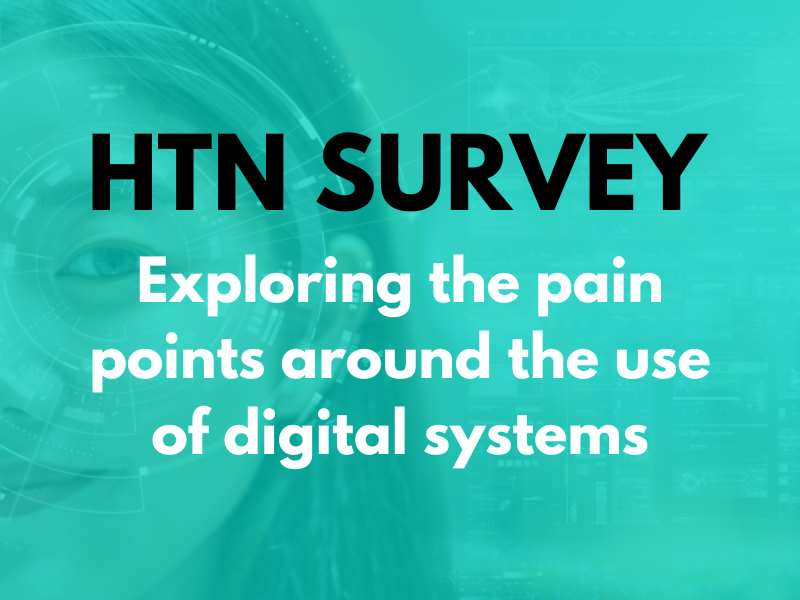Researchers from the University Hospitals of North Midlands NHS Trust and Staffordshire University, have published a new report into their analysis of hospital admission data used to develop a predictive tool.
The paper, entitled: ‘A predictive model for identifying patients at risk of delayed transfer of care: a retrospective, cross-sectional study of routinely collected data’, provides detail into the study that explored data across three years, including from the 92,444 admissions used to develop the model and the 39,877 admissions used to validate the model.
The prediction model is currently being piloted at Royal Stoke University Hospital, with the scoring system visually displayed on live dashboards in the emergency department, to help identify patients at high risk of delayed transfers of care.
The eight-variable predictive tool calculates the probability of a patient experiencing a delayed transfer at the time of admission, with the researchers noting with “70 per cent accuracy”. The researchers aim to continue developing the model and hope it could be rolled-out further across the country.
In the study, the researchers analysed administrative and clinical data routinely collected when a patient is admitted to hospital following attendance at the emergency department, and to explore factors relating to delayed transfer of care when the patient is discharged.
Dr Andrew Davy, GP Lead for Research and Development in A&E at UHNM, explained: “A delayed transfer of care occurs when an adult inpatient is medically ready to go home but is unable to because other necessary care, support or accommodation is unavailable. These delays can have serious implications such as mortality, infections, depression and reductions in patients’ mobility and their ability to undertake daily activities.
“It also has a knock-on effect on patients in A&E departments who cannot move into ward beds until current patients are discharged. This bottleneck effect on flow causes significant overcrowding within emergency departments and other emergency portals, which results in increased mortality, poor patient outcomes and significantly higher consumption of hospital resources.”
Md Asaduzzaman, Associate Professor in Operational Research at Staffordshire University, added: “Administration and clinical data from the Royal Stoke University Hospital’s emergency department was analysed for the study, covering a three-year period from 2018 to 2020. The researchers used information routinely collected when patients are admitted to hospital from A&E to identify several demographic, socio-economic and clinical factors associated with patients experiencing a delayed transfer of care or not.
“Age, gender, ethnicity, national early warning score (NEWS), Glasgow admission prediction score, Index of Multiple Deprivation decile, arrival by ambulance and previous admission within the last year were all found to have a statistically significant association with delayed transfers of care.”
Building on this study, the research team now hope to improve the accuracy of the risk calculator and work with local authorities to better understand the logistics of patient aftercare.
To read the study in full, please click here.
The authors and researchers included:





